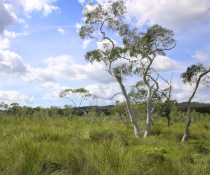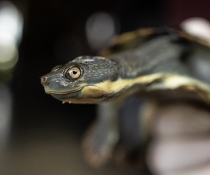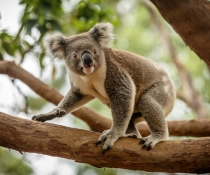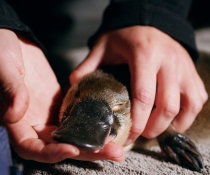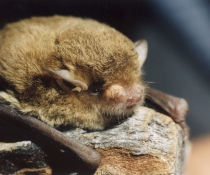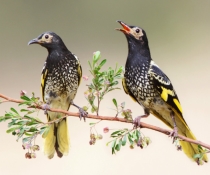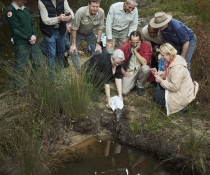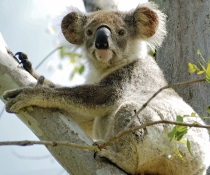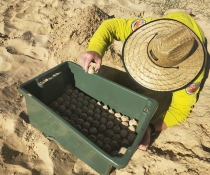Why we need more women and girls in science
Our program is comprised of some of the brightest minds in science and conservation and we’re proud of the critical role women play in implementing Saving our Species (SoS). To mark the International Day of Women and Girls in Science, we’re profiling some of the dedicated women who bring SoS to life.
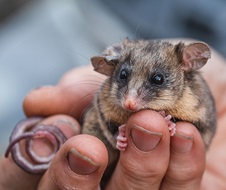
International Day of Women and Girls in Science (11 February) is a chance for everyone to recognise and address the substantial gender gap that exists in the science, technology, engineering and mathematics (STEM) disciplines worldwide.
Data from the United Nations shows that female researchers tend to have shorter, less well-paid careers. Women’s work is also underrepresented in high-profile journals, they are often passed over for promotion, and are typically given smaller research grants than their male colleagues. But just because a glass ceiling exists, doesn’t mean it can’t be broken.
This month, we’re speaking to two of the many incredible women working with SoS about what they do, why they love it and how we can encourage more women and girls to pursue careers in science.
Stephanie Stuart – Principal Project Officer, Saving our Species Strategic Conservation
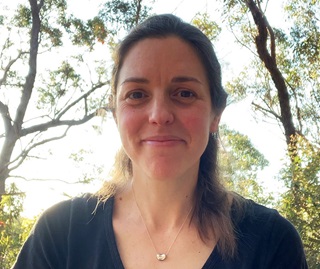 Stephanie is one of the women working behind-the-scenes at SoS, putting to use her PhD and decades of experience in biology and conservation to find innovative solutions and strategies for our threatened species.
Stephanie is one of the women working behind-the-scenes at SoS, putting to use her PhD and decades of experience in biology and conservation to find innovative solutions and strategies for our threatened species.
After sifting through a few potential career options as a child – including becoming an author or actress – we’re grateful Stephanie went with biology and found herself working with SoS. Stephanie tells us she’s thrived on the opportunity to learn new things, tell stories about them, and think creatively about how to solve problems.
“I love working in government, especially in Saving our Species, because we have a chance to contribute to conservation at a level that’s both very practical and gives us a chance to think about what’s best for the state as a whole.”
“We wish we could do conservation projects for every species, but there are a lot of other important needs in our state, like education and health care,” Stephanie says. “So, I have the job of helping decide where we should put our conservation investment – where will our time and money make the most difference?”
As both a woman working in science and a mum, encouraging more young women and girls to get involved in science is important to Stephanie. Women and girls should be involved in everything, she says, and they should have a chance to explore new horizons and contribute to new discoveries.
Stephanie says we can inspire girls to consider science as a career by getting in early – encouraging all children to explore and experiment with STEM subjects from an early age.
“I’d also like to see more kids encouraged to enjoy maths – which is an important foundation – the same way we encourage them to love reading.”
Nicole Hansen – Senior Project Officer, Saving our Species
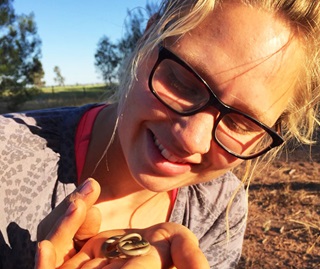 Nicole grew up living close to nature. The idyllic backdrops of her childhood had a profound impact on her, and Nicole has always been a passionate conservationist and determined to leave behind a natural environment that was better than it once was.
Nicole grew up living close to nature. The idyllic backdrops of her childhood had a profound impact on her, and Nicole has always been a passionate conservationist and determined to leave behind a natural environment that was better than it once was.
It took blood, sweat and tears for Nicole to get where she is in her career today – countless hours of study, volunteering, and late nights and long days gaining experience across a range of environmental roles. Nicole now has a Bachelor of Science (Ecology, Zoology), Masters by Research and a PhD focussed on herpetofauna responses to habitat restoration and farming land-use at a landscape scale.
A key aspect of Nicole’s role with SoS is to work collaboratively with staff and stakeholders across the organisation, supporting best practice site-based species monitoring, evaluation and reporting.
“Nature is in crisis all over the world, and without management intervention from programs like ours, we would see the number of species that are threatened or on the brink grow,” says Nicole. “My role, along with others across our program, positively contributes to the conservation of threatened entities, and hopefully, will conserve those species and communities so future generations get to enjoy the species we love.”
“I have plenty of moments at work where I’m pushed to the limits of my knowledge, but there is always the opportunity to find out more, think up new approaches and test them,” Nicole says. “It’s these challenges, problem solving and creativity that make a career in science so satisfying.”
Nicole believes that by encouraging women and girls in STEM, we can exploit the full suite of scientific talent, maximise our potential to tackle global problems, ensure diversity of research and capture a broader range of unique perspectives and innovations.
Nicole says introducing young people to positive female role models who work in STEM can help to break the stereotype of women in science and offer an inspiring glimpse to how exciting and fulfilling a career in science can be.
Parents can also play a significant role in shaping career choices and empowering young women to participate in STEM, and Nicole would like to see more parents being informed about what options and career pathways could look like.
“Working in science, you never stop learning, and the knowledge you acquire can take you in so many directions and a range of different career pathways”.
Find out more about the Saving our Species program and how we’re securing a future for our threatened species. Inspired by Nicole and Stephanie and want to work with us? Explore the career opportunities available at the Department of Planning and Environment.

